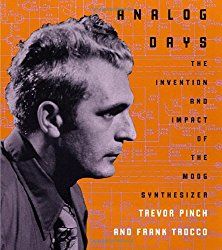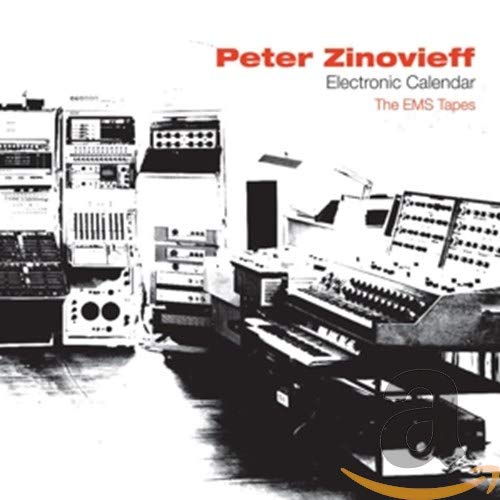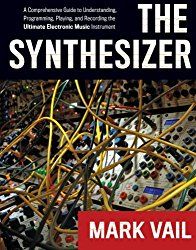


You might recall muSonics Lyle featured in previous video posts here on MATRIXSYNTH.
The following are some addtional details and pics of the system in via muSonics.
Lyle is a four voice Vanilla Synthesizer with a polyphonic envelope generator system, four voice mixer, MIDI allocation, and utility modules. It is the first polyphonic modular synthesizer with master control of time and timbre since the Oberheim Four Voice, whose circuits it is based on.
Anyone can throw four voices in a box and call it a polyphonic synthesiser, so what makes Lyle so special?
The Polyphonic Envelopes network has its own set of 8 envelope generators, bringing the system total to 16. Its EGs are normaled to the filters, oscillators, and output amplifiers of the system. The Vanilla Envelopes are still available and can be patched to interrupt the Polyphonic Envelopes.
The Polyphonic Envelopes control module is the only one of 7 in the network which is on the front panel. It gives you attack, decay, and sustain control for the VCF and VCA EGs, amount controls to route the VCF EG to the VCF and VCO modulation inputs, and an offset control for the VCF EG to the VCF modulation input (think global filter cutoff.)
There have been a few stabs at aggregate polyphony since Tom Oberheim built Lyle Mays and Pete Namlook their favourite synthesizer, but no one has done this.
Another nice feature of this instrument is the Vanilla Stereo Mixer, which not only gives you level and pan for each voice but also an additioinal gain stage to overdrive if you wish, bringing the total number of manageable gain stages (and potential distortions) to four per voice.
The instrument can be operated without any patch cables on the front panel. MIDI control and audio output happens on the back of the instrument. Patch points are for timbre authoring beyond the default patch, similar to an ARP 2600.
The module complement includes:
- 4 Control Distributor
- 4 Vanilla Modulation
- 4 Vanilla Oscillators
- 4 Vanilla Filter
- 8 Vanilla Envelope
- 4 Vanilla Mixer
- Vanilla Stereo Mixer
- Polyphonic Envelopes (8 additional envelopes)
- Japanese Modulation
- Transistor Logic
- Active Multiples
- Active Attenuators
- 4 MIDI Interfaces plus polyphonic MIDI allocator
Lyle also includes a road case, which is required because there is no other way to ship it assembled.
Lead time of 6 months or so. I need to finish the backlogue of current orders first.
The deposit is 50%. When your instrument is ready an invoice for the balance and shipping will be generated.
A page of demonstration audio and video is at https://musonics.com/lyle_videos.htm
If you're interested in purchasing Lyle please visit https://musonics.com/ and it can be found at the top of the page.







































